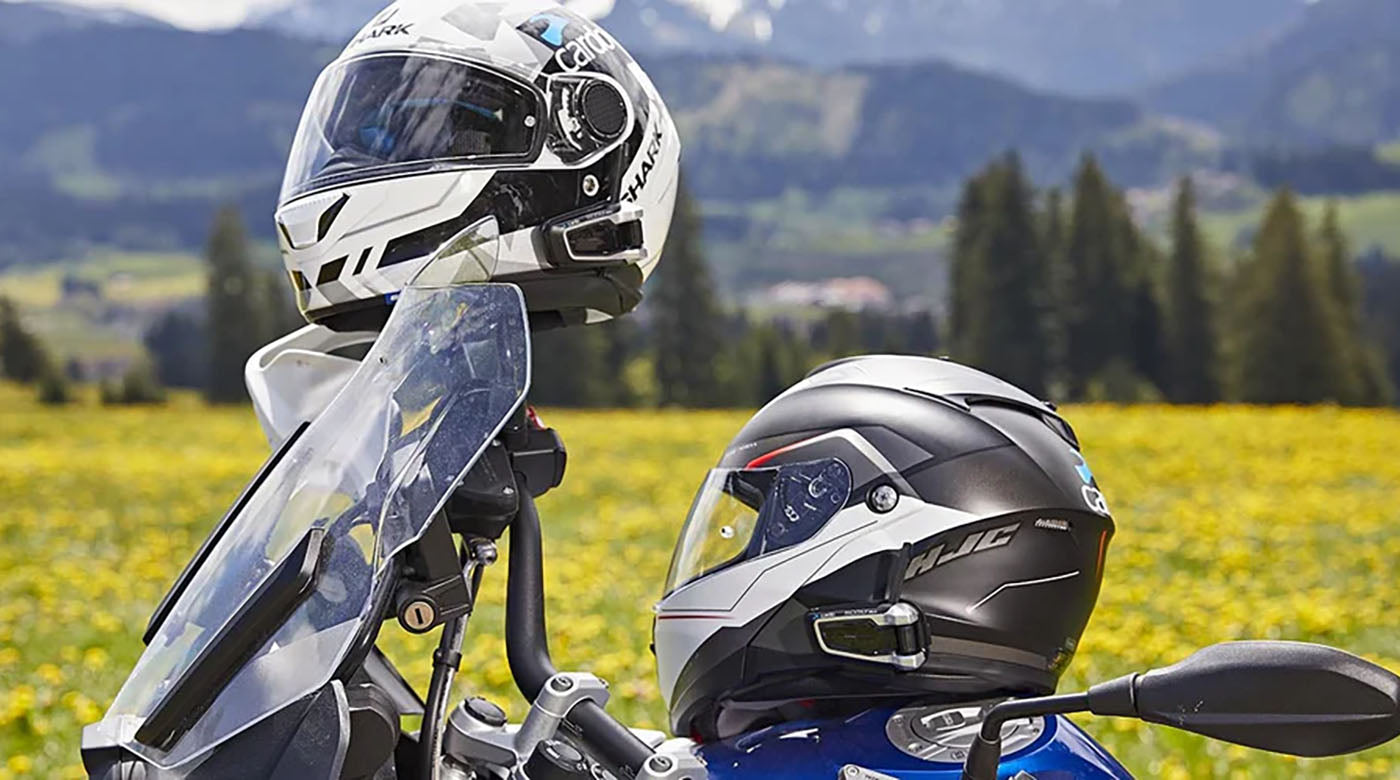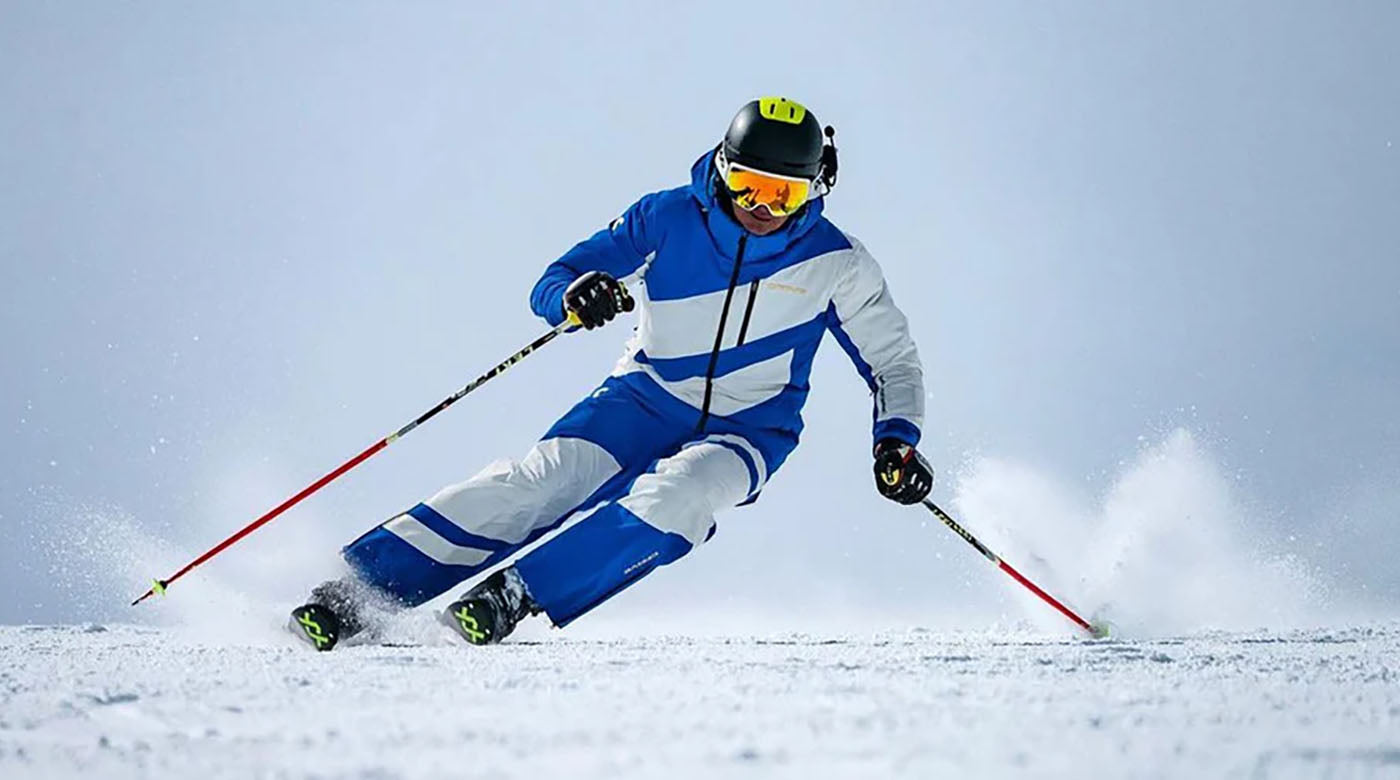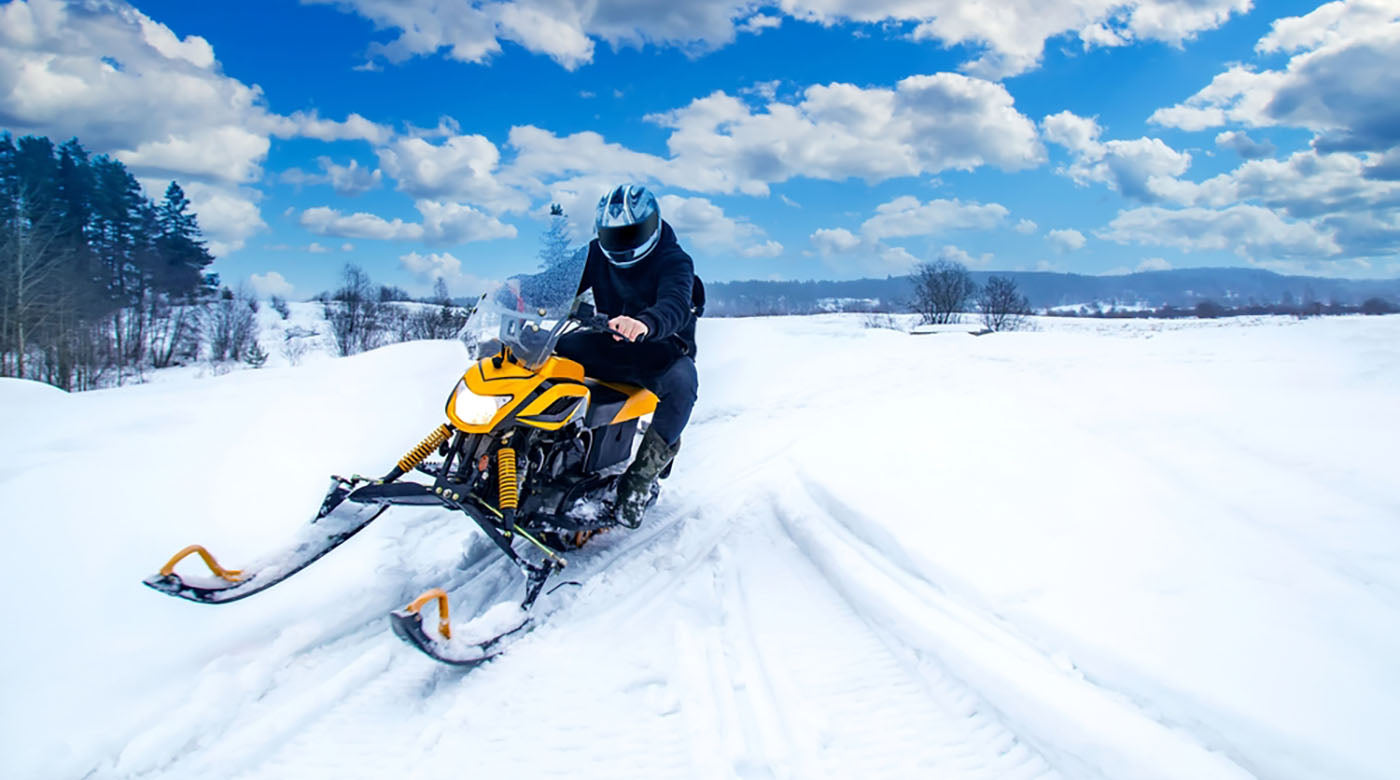Riding a motorcycle “two-up,” or with a passenger, can be an awesome experience. You can share your love of motorbike riding and your adventures with someone else. When it’s done right, you’ll both have a great time and gain a greater appreciation of the many awesome things about the two-wheel life.
But the safe way is the only way to do it. Here are five things you need to know about riding a motorcycle with a passenger before you let anyone hop on your pillion seat.
1. Commit to learning how to ride with a passenger.
Riding with a passenger is a skill like any other, and it has to be learned and practiced. Don’t expect to know how to do it right away, especially if it’s your first ride with a passenger or if your passenger is doing it for the first time.
Communication before hitting the road is essential. Take a few minutes to explain safety expectations to your passenger. Teach them how to mount and dismount, where to position themselves and how to lean in turns. Establish signals for important cues like slowing down or discomfort and stress the importance of avoiding sudden movements that could disrupt balance.
Weight distribution is one of the biggest changes that riding with a passenger creates. Your bike will handle very differently with the added weight of another hundred-plus pounds on the back, and it will take some practice to learn to maneuver under those conditions. Cornering will be more challenging, especially at slow speeds, so you’ll have to be more careful about how you approach tight turns.
Finally, both front brake and rear brake responsiveness will be slower due to the extra weight, as will acceleration. You’ll need to factor this in when you’re planning your overtaking and stopping maneuvers.
Stay Connected with a Motorcycle Helmet Bluetooth System2. Recognize that it takes experience to become a good passenger.
No one is born knowing how to be a passenger any more than they’re born knowing how to ride. A good passenger needs to develop the right skills for riding two-up, and you should hold them accountable for putting in the work to learn the skills before allowing them onto your passenger seat.
A passenger should understand key basics, such as safely mounting and dismounting from the left side of the motorcycle and always keeping their feet planted firmly on the foot pegs or footrests. They need to hold on securely — either to the rider or bike handles — to maintain stability. It’s also crucial for a passenger to adjust to the rider’s riding style.
It’s also important for passengers to avoid sudden movements that could impact the motorcycle’s balance. Learning to stay still, follow the rider’s lean in turns and keep their position helps create a smoother, safer experience for both. With practice, a well-prepared passenger can greatly improve the balance and safety of the ride, creating a more enjoyable experience for both.
3. Make sure your bike is equipped for riding with a passenger.
Some bikes are naturally easier than others to ride on with a passenger. Touring bikes are the most passenger-friendly of all, often equipped with features like passenger grips, floorboards and a comfortable backrest. Most cruisers are also relatively easy to ride two-up on. Sport bikes, by comparison, are usually only minimally equipped for passengers, and you’ll often need to make some modifications, such as adding a grab bar on the gas tank, passenger mounts, a set of rear foot pegs or a more comfortable pillion seat.
Before carrying a passenger, check that your motorcycle meets the legal requirements in your state. Generally, laws require that motorcycles have a separate passenger seat, a set of footrests and handholds or a strap for your passenger to grip while riding. Additionally, consult your motorcycle’s owner’s manual to confirm that you’re within the total weight capacity, ensuring it can safely handle the extra weight of a passenger.
Riding two-up will also affect your suspension, tire pressure and rear tire handling. Lighter bikes (particularly sport bikes) often need to have their rear suspensions adjusted to help keep the front tire on the ground. You may need to bump up your tire pressure according to the manufacturer’s specifications for riding two-up, as the additional load impacts balance and handling. It’s also good to check that the kickstand can handle the bike’s weight with a passenger when parked.
Experience Seamless Communication with Packtalk Pro!4. Make sure your passenger is equipped for riding.
At the bare minimum, your passenger needs a good helmet to ride safely. However, the more essential motorcycle safety gear they wear, the better they’ll be safeguarded against the hazards of riding, and they’ll generally be more comfortable. Essential riding gear includes a sturdy jacket, gloves and boots, which can help shield them from debris, road rash and impact injuries.
If your passenger is a new rider or if the two of you will be riding together frequently, it’s worth investing in quality motorcycle safety gear. A well-constructed riding jacket and riding boots, for example, will allow for longer, more comfortable rides while also offering critical protection in a crash. Ensuring they have the right gear not only enhances safety but also builds their confidence on the road.
5. Use a motorcycle helmet communication system to keep in touch.
Using a motorcycle helmet communication system is, by far, the easiest and most effective way to stay connected with your passenger — particularly on longer rides. Helmets and highway noise make it almost impossible to hear unamplified voices, even at close range, and hand signals can be awkward at best and dangerous at worst when you need to keep focus on the road.
A motorcycle helmet Bluetooth system like those from Cardo offers some of the best options for reliable, clear passenger communication. Cardo’s high-quality JBL speakers deliver crystal-clear audio that makes it easy to talk — even at highway speeds. The hands-free operation with Cardo’s Natural Voice system allows you to control the intercom with simple commands. Just say “Hey Cardo” to activate functions, keeping your hands on the handlebars for added safety. Cardo’s long battery life of up to 13 hours per charge also means you’ll have plenty of power for all-day communication.
For the ultimate driver-passenger communication experience, consider the Cardo Packtalk Edge. This flagship model features JBL speakers, DMC (Dynamic Mesh Communication) technology and a one-mile range. Its convenient magnetic “air mount” attachment makes setup easy, and its waterproof design ensures reliable use in all weather. Another great option is the Cardo Packtalk Bold, which is slightly more affordable but still includes JBL speakers, DMC networking and voice activation. For a simpler option at a lower price, the Cardo Freecom Series provides solid Bluetooth-based communication, with up to a mile range depending on the model.
Cardo systems are widely respected in the industry for their superior audio quality, ease of use and durable design. According to Cardo reviews, these intercoms offer reliable connections, even over longer distances, and outperform many competitors in sound clarity. The DMC mesh technology also creates more stable connections than traditional Bluetooth systems, which is particularly valuable for two-up riders.
By choosing a Cardo motorcycle helmet intercom system, you’ll enhance the safety and enjoyment of your rides. The combination of clear audio, voice control and waterproof design makes Cardo an ideal choice for driver-passenger use, allowing you to communicate hands-free and focus on making the ride safe and comfortable.
Safety and Confidence for All
Riding two-up can be an exhilarating way for motorcycle riders and motorcycle passengers to share the open road, but safety and communication are key to creating a positive experience. Passengers play an essential role in keeping rides smooth and stable by understanding how to mount, sit and lean properly. If you’re new to riding as a passenger, check out our guide to being a better motorcycle passenger for tips that build confidence and make every journey safer.
For motorcycle owners, practicing in a safe, controlled setting like a parking lot can be valuable for getting accustomed to the dynamics of riding with a passenger. Even experienced motorcyclists may find that carrying a passenger requires adjustments and extra preparation. With a commitment to clear communication, safety gear and regular practice, both the rider and passenger can approach each trip with confidence, turning every ride into a safe and memorable adventure.





